In amongst the sizeable gallery for the facelifted Toyota 86 coupe, you may have noticed a few classic gems along with the new car. The earliest example of a sporting Toyota from that gallery is a 1968 Toyota 2000GT.
Work on the 2000GT concept started soon after the 1964 Japanese Grand Prix, and project leader Shoichi Saito gave his team a simple yet daunting brief: “do whatever necessary to not only produce the 2000GT, but make it one of the – or perhaps even the – greatest car in the world.”
It was eventually unveiled at the 1965 Tokyo Motor Show, in the form of the 280 A1 prototype, flaunting its curves so reminiscent of automotive icons from that era – the 2000GT was also said to be inspired by the Jaguar E-Type.
Toyota’s first supercar was also a collaboration with Yamaha Motor Company, that went to work on the 2.0 litre inline-six cylinder, carburettor engine originally sourced from the contemporary Toyota Crown. After Yamaha’s work, the 2.0 litre engine produced 150 hp, which was sent to the rear wheels via a manual transmission and a limited slip differential – the latter a first for a Japanese car, as were its four-wheel disc brakes.
Just 337 units and three years spanned the 2000GT’s production run, with the final unit rolling out of the factory in 1970. In that time, the 2000GT made its mark on the motorsport arena, with three world records and 13 international records to its name, along with winning the Fuji 24 Hours race in 1967.
What was your first recollection of the name “Celica”? for those who grew up on 90s video games, it could have been the fifth-generation T180 Celica from the early ’90s (it actually made its debut late in 1989), where it was one of two choices in Sega Rally – the other being the Lancia Delta Integrale. The Celica’s genesis is in fact the TA22 of 1970, and was Toyota’s response to the Ford Mustang of 1964.
Replete with the Coke-bottle waist, the Celica also took cues from the Mustang in terms of aesthetics, the Japanese car’s name was derived from the Latin name for “celestial,” and thus placed it at the top of Toyota’s model line-up at the time.
The 1973 model year saw the introduction of the liftback bodystyle, which was the closest the Celica got to mimic the Ford Mustang’s styling, particularly around the C-pillar and with the vertical-slatted tail lights. The most potent variant of this Celica was powered by 1.6 litre, twin-cam engine fed by dual Solex Mikuni carburettors, though the later, 1973 model was powered by a 2.0 litre twin-cam engine.
Here’s the model which gave rise to the present-day 86’s name: the Toyota Corolla AE86. Introduced in 1983 as the top of the Corolla range, the AE86 featured the Levin and Sprinter Trueno twins – while both were offered as a two-door coupe as well as a three-door liftback, the two were initially differentiated by the headlights, which were pop-up units on the Trueno and fixed, rectangular ones on the Levin.
Later in 1986, changes to the bodywork provided greater distinction between the twins, with each now fitted with different head light trim, tail lights, front and rear bumpers and grilles. In its most potent form, the AE86 was powered by the 1.6 litre, twin-cam inline-four 4A-GE engine producing 130 PS and 150 Nm of torque, and this engine also powered the AW11-generation MR2 of 1984.
The AE86’s inherent balance from its front engine, rear-wheel-drive layout found favour with motorsports participants both during its production life and after it was discontinued, when it remained popular at club-level racing and rallying.
Though the most famous performance Toyota to bear the Corolla nameplate would have been the AE86 above, it would turn out to be the last rear-driven Corolla; the E90 Corolla which followed was underpinned by a front-wheel-drive chassis.
As with the Corollas before, a plethora of variants were available, while the high performance GT-i variants came in three-door hatchback, sedan and five-door liftback guises; all were powered by the 4A-GE engine. Additionally for this generation, a supercharged, “wide valve-angle” version of the 1.6 litre engine produced 165 hp and 206 Nm of torque.
Commonly thought to represent “Mid-engined, Rear-wheel-drive, 2-seater” for a rather self-descriptive name, the MR2’s name in fact stood for Midship Runabout 2-seater, which made its debut in 1984, codenamed AW11. At its introduction, the AW11 MR2 was powered by the 4A-GE 1.6 litre engine which also served in the AE86 and later in the E90 Corolla, and would later also be powered by the 4A-GZE supercharged engine in 1986.
The MR2 evolution continued into its second generation as the SW30 in 1989, where in more potent form it was powered by the 2.0 litre, turbocharged inline-four 3S-GTE engine paired with a five-speed manual transmission. The SW20 was followed by the ZZW30-generation car of 1999, which then underwent a slight renaming to be known as the MR-S.
The Toyota Supra originated from the Celica family of coupes, stemming from the second-generation Celica which was named the Celica XX or the Celica Supra. The naming convention carried through the third generation, while the fourth generation saw the Celica and Supra nameplates chart their respective paths.
The Celica would become a sport compact underpinned by front- or all-wheel drive chassis, while the Supra became a full-bodied, six-cylinder engined, rear-wheel drive sports car. Like its much-celebrated AE86 elder, the Supra would go on to be an icon of its time, taking its place alongside ’90s Japanese performance icons such as the Nissan Skyline GT-R and the Honda NSX in the minds of enthusiasts, and in the PlayStation consoles of younger, would-be petrolheads.
Fast forward to the present day, over a decade since the JZA80 chassis was discontinued, the Supra nameplate nears its resurrection on a new model co-developed with BMW.
Looking to sell your car? Sell it with Carro.

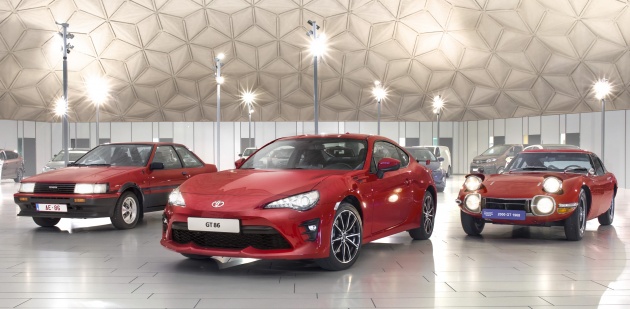

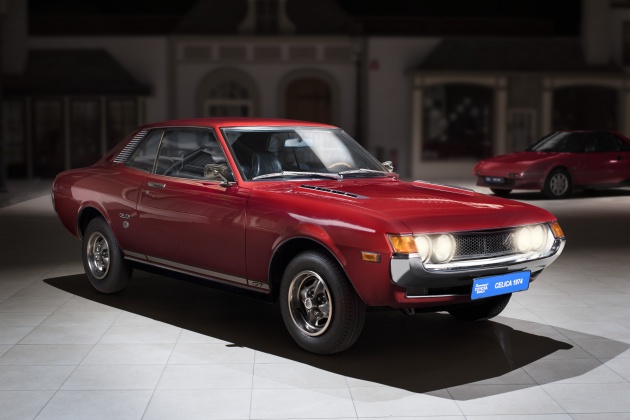












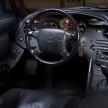
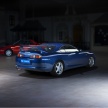
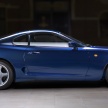
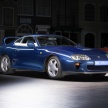








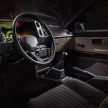



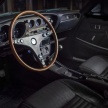
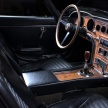
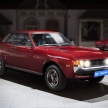





























They all ECONOMIC design, not attractive at all !
toyota should really go back to making exciting and sporty cars like they used to..i feel like the cars that they build is just so bland nowadays
hachi roku!
Feels like reading wikipedia. Nice article!!
Those classic cars look so nice. WTF happen to modern Toyota & Lexus?
They make their cars more comfortable & easy to drive. That is called moving forward with newer/modern technologies. Beside that, they have to conform to modern emission standard.
Their then-young customers became unkers, so need to evolve their cars into unker cars. Veli soon they evolve again into wheelchair cars for their rapidly aging then-young customers.
“The MR2 evolution continued into its second generation as the SW30 in 1989…”
Typo error there.
i would take the 2000GT anytime
Classic cars look so cool